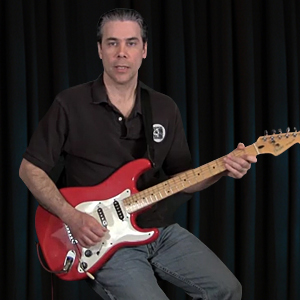Description
Legato is an Italian word that means "tied together". It is used in music to describe notes that sound smoothly connected together. Legato is accomplished by moving from one note to the next with no intervening silence, or as little as possible; and with as little rearticulation as possible. Legato is the opposite of staccato, which means to sharply separate the notes. Staccato is Italian for "detached".
Legato and staccato are types of musical articulation. Articulation describes (or qualifies) how notes are played and how they sound. For example, we are told to play the notes C, D and E. But how are we supposed to play those notes? It's possible to articulate them in many ways: loudly or softly, muted or aloud to ring out, with sharp, immediate attack or gradually with a rising volume swell.
To play legato means to "play a series of notes so they are smoothly connected with no silence (or as little as possible) in between them". One note sounds and keeps sounding until the next note starts. This is often indicated in musical notation by a curving arc over or under the series of notes meant to be smoothly connected. It is also called a slur mark or a phrase mark.
In guitar technique, legato can be accomplished by:
1. Hammer-ons and pull-offs.
2. Light pick attack
3. Sliding.
4. Right hand tapping.
5. Held over common chord tone.
Let's have a look at each method!
